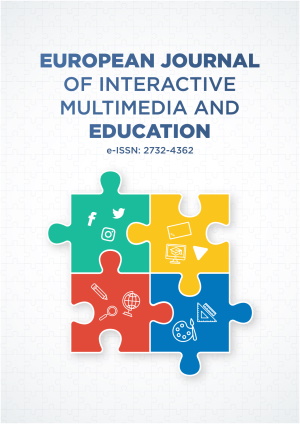Abstract
The traditional lecture-based method has been used in universities, colleges, and schools to assimilate the knowledge. A modern method of teaching is needed to overcome the limitations and challenges of the traditional lecture-based method, to improve students’ satisfaction and to increase learning outcomes. Among the modern methods of teaching, a flipped classroom (FC) model has recently been implemented as an alternative method of teaching. To explore students’ satisfaction in a flipped classroom model, a quantitative approach with a questionnaire as an instrument was used for data collection from an accessible sample size of 110 students. The results from a Partial Least Square Structural Equation Modelling (PLS-SEM) indicated that perceived value has positively influenced students’ satisfaction. However, the results further revealed that instructor-generated video content, perceived usefulness, and perceived ease of use were found to have no positive influence on students’ satisfaction. The study makes some recommendations that aid in the design and implementation of the FC model. It also offers additional information for those who wish to adopt the FC model in their institutions.
License
This is an open access article distributed under the Creative Commons Attribution License which permits unrestricted use, distribution, and reproduction in any medium, provided the original work is properly cited.
Article Type: Research Article
EUR J INTERACT MULTIMED ED, Volume 2, Issue 2, July 2021, Article No: e02112
https://doi.org/10.30935/ejimed/11260
Publication date: 06 Oct 2021
Article Views: 4086
Article Downloads: 4514
Open Access References How to cite this article
 Full Text (PDF)
Full Text (PDF)